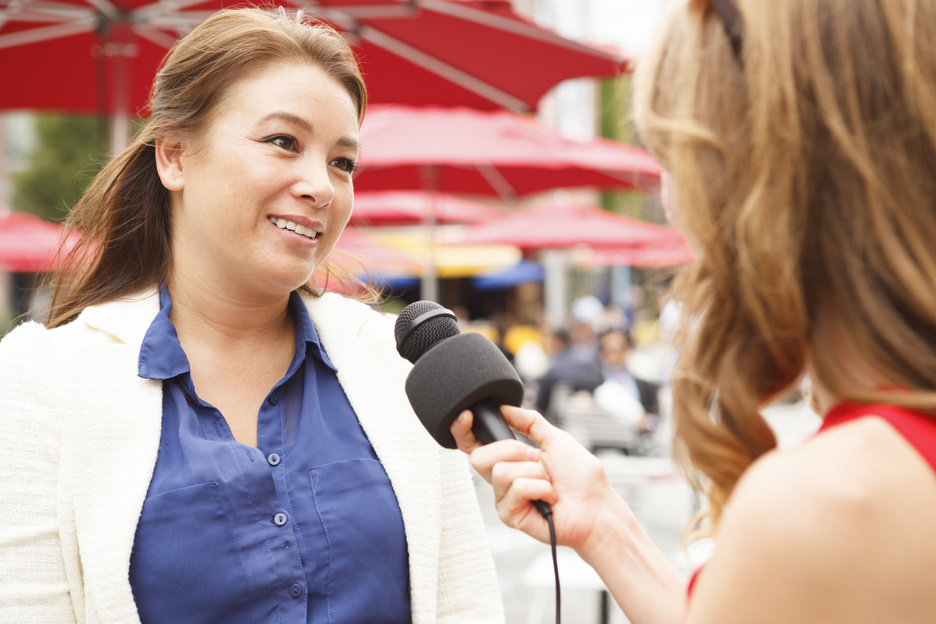
A little planning and creative thinking helps you get great video interviews.
When you click on a link to watch a video, what keeps you watching? Think about that for a moment. Is it the subject matter? Is it the way the story was told?
A very common way to create the narrative of a video is by interviewing the people involved in the story.
What if your organization has delegated you to do the interviewing? It can be a little stressful if you haven’t done it before. If your questions or technique are ineffective, the heart of the story can be missed.
Let me help. Here are some solid tips to help you plan for and conduct effective interviews for video:
Planning:
- Who is your audience? Everything you create from here on should be contextualized by your audience.
- What is the story? What are the key points that need to be addressed in your video? How do these key points engage your audience?
- Research your subject matter and your interviewee.
- Pre-interview your interviewee. Learn more about your interviewee and the subject matter by talking before the shoot. This will help you decide on the most relevant content.
- Draft your questions. Do not use open ended questions that create “yes” or “no” responses. Ask questions like: “What are your thoughts on….” or “Describe for me….”
- Review your questions and the anticipated responses before the interview.
The Interview:
- Have water on hand for you and your interviewee (if possible).
- Have your questions in front of you so you can easily refer to them (unless you too are on camera).
- Be confident and in control. You need to set the tone and guide the conversation, but be sure to treat your interviewee like a guest.
- Prior to the interview, make some small chat with your interview subject to put them at ease. Your research will help with ice breakers. If you did not cover everything in your pre-interview, this is a good time to follow up with a few more clarifying questions before the camera rolls.
- Ask the interview subject to include part of your question in their response, especially if your questions will not be used in the final video. For example: If you asked: “What color is the sky today? And the interviewee said “Blue”, we would have no context for what is blue if the questions were not being used. It’s much better to get context in the responses, like: “The sky is blue today…..”
- Obtain your interviewee’s title and correct spelling of their name. You can have them say it on camera or just ask for a business card.
- Model the energy level you want in the responses, as appropriate to the story and audience.
- Listening carefully is the most important part of interviewing. There are several things you should be ready to do after the response to your question: (1) If the response was perfect for the story and the audience, move on to the next question, (2) If the interviewee misunderstood the question or offered up an incomplete response, you will need to re-phrase your question and ask it again, or (3) If the response introduced a new concept on target with the key points for your video, be ready with a follow up question.
- After you’ve asked your questions, take a moment to ensure you have responses for all your key messages. Ask for clarification if any of the responses were vague, out of context or incomplete.
- Even with careful research, we can miss asking a crucial question. At the end of the interview the golden question to ask is: “Do you have anything else to add?” I can tell you from experience that this question yields some of the best responses.
Congratulate yourself after your first interview. It’s not always easy, but with persistence and practice, you can hone your interview skills. Who knows, you could be the next Larry King or Barbara Walters!
